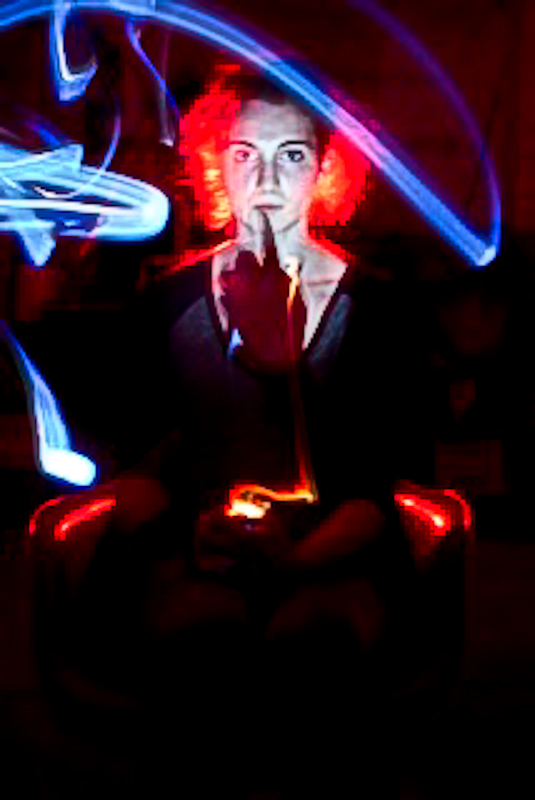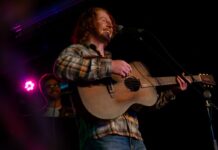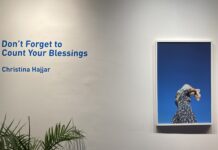
La Petite Mort Gallery is bringing artists and the public together in a workshop series launched this August.
The workshops are inspired and taught by the artists the gallery exhibits.
“This in-gallery workshop series marks a new chapter for LPM gallery in a commitment to building a community driven model that will focus on integrative educative and collabrative initiatives,” gallery assistant Adam Barbu wrote in the workshop’s press release.
According to the gallery’s website, works and artists are chosen who represent “subjects at the margins of contemporary Canadian urban society.”
This is reflected in the artists who ran the first three workshops: Olivia Johnston, whose latest exhibition at the gallery featured portraits of contemporary women posing as biblical figures; Raheleh Sanele, an Iranian-Canadian photographer and performance artist who mixes performance and photography to deal with issues such as race and gender; and Tony Fouhse, whose photography often focuses on subjects living on the so-called fringes of society.
Gillian King, the gallery’s communications and events co-ordinator, said the workshops were created for a few different reasons.
“We’re delving more into [the artists’] process, and revealing that so that the community can be more involved,” King explained.
“It is not often that galleries provide . . . educational workshops,” Sanele said.
She held a light painting session for the series’ first workshop on Aug 15.
Light painting happens when a camera catches the movement of lights in a way that mimics painting, King explained.
Sanele’s workshop started with a talk about her work, what inspires her, and how she got into light painting and its history.
After the talk, attendees were taught how to create their own light paintings, and started shooting.
Laser pointers and flash lights bounced off glass, walls, and people in the gallery’s basement, Sanele said.
“Some people were behind the camera, some were shutting off the lights, some were drawing with the laser, some wanted to model, some didn’t, everybody played a role,” Sanele said.
And while all the workshops so far have focused on teaching photography as a medium, they are not restricted to one form of expression, King said. This is also reflected in the make-up of the workshops—each one has different roles for participants and can take on its own direction.
“Because it’s collaboration-based, it can go anywhere.”
Ultimately, the workshops are looking to challenge the way people see and participate in art.
“The experience will allow for a transformation of the traditional, systematic artist-viewer relationship—offering the chance to look both into an artist’s work, and from a different angle, into personal interests and patterns,” Barbu wrote.





